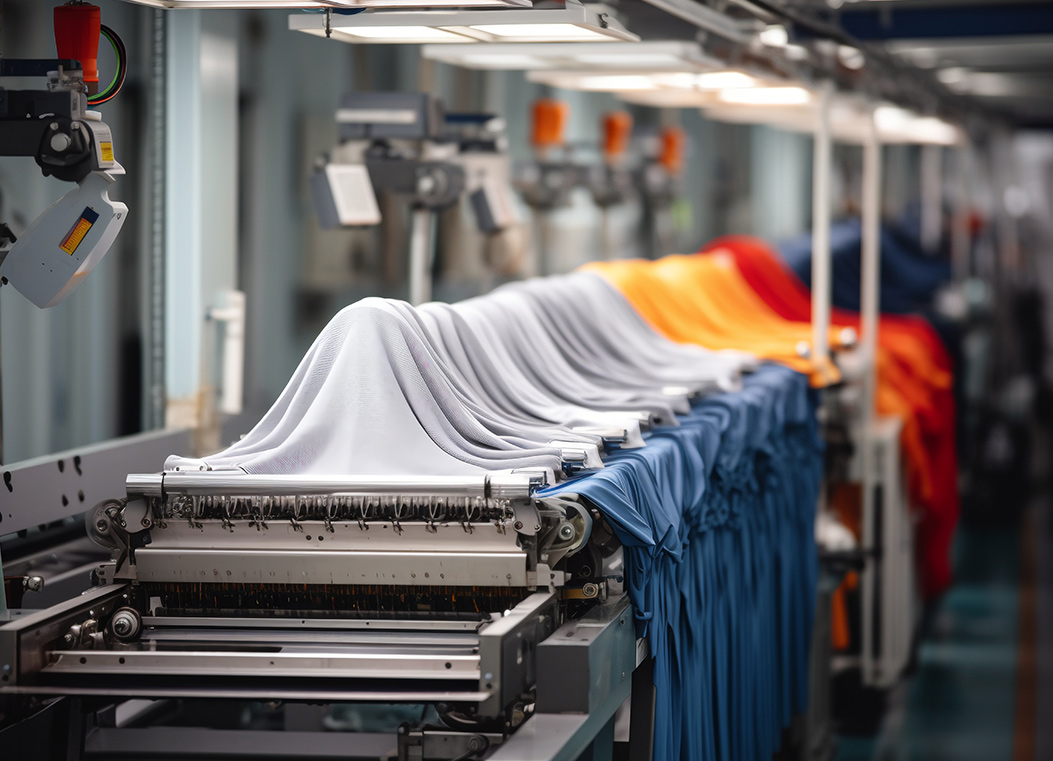Across different industries, certain additives are valued for their ability to improve both appearance and performance. Optical Whitener has become a familiar component in modern laundry care, while Optical Brightener For Wires And Cables is used in manufacturing to ensure consistent quality of polymer coatings. Though applied in different contexts, both work on the same optical principle of absorbing ultraviolet light and re-emitting it as visible blue light, which enhances brightness and offsets yellowing.
The Role Of Optical Whiteners In Fabric Care
Textiles naturally lose brightness over time, particularly after frequent washing or prolonged exposure to sunlight. Optical whiteners address this by shifting the way fabrics reflect light, giving whites a fresher appearance and helping colors maintain vibrancy. This effect is achieved without altering the textile structure, making it a purely optical improvement that complements the cleaning action of detergents.
For everyday laundry, this means clothing, bed linens, and towels can look brighter even after multiple washes. The continued effectiveness provides value for households that want garments to retain their visual appeal.

Durability Across Washing Conditions
Laundry conditions vary, from quick cold washes to intensive hot cycles. Optical whitening agents are designed to remain effective across these variations. Their stability under heat allows them to perform in hot water, while resistance to different pH levels ensures they continue to work regardless of detergent type. This makes them suitable for both standard household washing and commercial laundry services that operate under harsher conditions.
Durability also extends to light exposure. By helping fabrics resist fading, optical whiteners support longer use cycles for garments and textiles, which is particularly relevant in institutional settings where fabrics are washed frequently.
Integration Into Modern Laundry Products
One reason for the steady adoption of optical whiteners is their compatibility with a wide range of product formats. They are incorporated into powder detergents, liquid detergents, and capsule formulations. In addition, fabric softeners and laundry additives also make use of their properties, providing flexibility for both manufacturers and consumers.
For product developers, this versatility allows integration into various formulations without disrupting other detergent functions. For users, it means the brightening effect is delivered as part of routine laundry care, without requiring additional effort.
Considerations For Safety And Sustainability
As consumer awareness of environmental issues grows, the chemical industry has invested in improving the ecological profile of whitening agents. Many modern optical whiteners are designed to be biodegradable, helping reduce their long-term environmental footprint. They are also produced with consumer safety in mind, remaining non-toxic and suitable for regular household use.
This shift reflects an industry-wide movement to balance performance with environmental responsibility. For households, it provides reassurance that the additives supporting fabric appearance do not compromise on safety.
Broader Applications Beyond Textiles
The optical principle is not confined to fabrics. Optical Brightener For Wires And Cables is a clear example of how the same technology supports other sectors. In cable manufacturing, brighteners enhance the visual uniformity of insulation and sheathing materials. This contributes to product consistency, ensuring wires and cables meet both functional and visual standards.
By serving multiple industries, these compounds demonstrate flexibility in application. Whether applied to cotton fabrics or polymer coatings, the result is improved brightness and enhanced appearance that supports both consumer satisfaction and industrial standards.
Everyday Impact For Users
For households, optical whiteners bring practical benefits by keeping clothes looking brighter for longer, reducing the perception of dullness or aging. For industries, their contribution lies in ensuring materials remain visually consistent and appealing. Across these different contexts, their value lies in addressing common challenges of fading, discoloration, and yellowing in ways that are both functional and accessible.

 EN
EN 中文
中文 ES
ES



.jpg)













